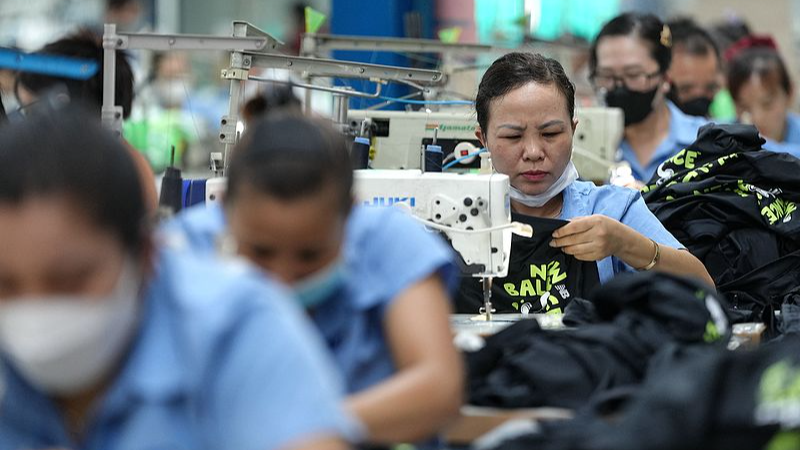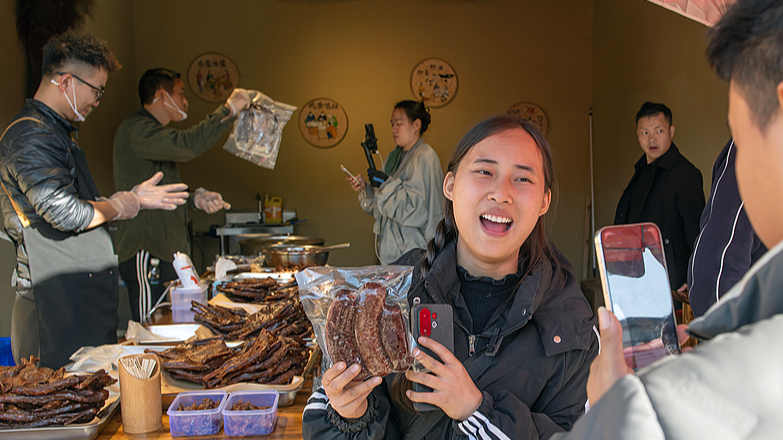U.S. President Donald Trump's approach to calculating trade tariffs has sparked a global debate as it seems to weigh heaviest on some of the world's most fragile economies. The method is straightforward: take the U.S. goods trade deficit with a country, divide it by that country's exports to the U.S., convert the result into a percentage, and then halve it — all with a minimum tariff rate of 10 percent.
This formula has led to unexpected outcomes. For example, the remote Australian territory of Heard Island and McDonald Islands, with its sparse economic activity, ends up with the base 10 percent tariff. In stark contrast, Madagascar, one of the poorest nations with a GDP per capita just over $500, faces a staggering 47 percent tariff on its modest $733 million U.S. exports that include vanilla, metals, and apparel.
Other nations with limited export capacities are similarly affected. Lesotho and Cambodia see their reciprocal tariffs soar to as high as 50 percent and 49 percent respectively. John Denton, head of the International Chamber of Commerce, pointed out the irony, remarking, "Presumably, no one is buying Teslas there," and highlighting the challenges these economies face when high tariffs further tighten their already constrained trade dynamics.
Critics argue that while the mathematical formula might seem logical on paper, its practical impact risks deepening global economic disparities. For countries in Africa and Southeast Asia — regions where small export values already limit trade opportunities — such tariffs may exacerbate development challenges and stifle potential growth in a world increasingly driven by international connectivity and digital innovation.
As discussions continue among policymakers, economists, and trade experts, the world watches closely to see if adjustments will be made to ensure that efforts to counter trade imbalances do not inadvertently undermine the progress of nations already struggling to thrive in a competitive global market.
Reference(s):
Trump's tariff formula confounds the world, hitting the poor hardest
cgtn.com




